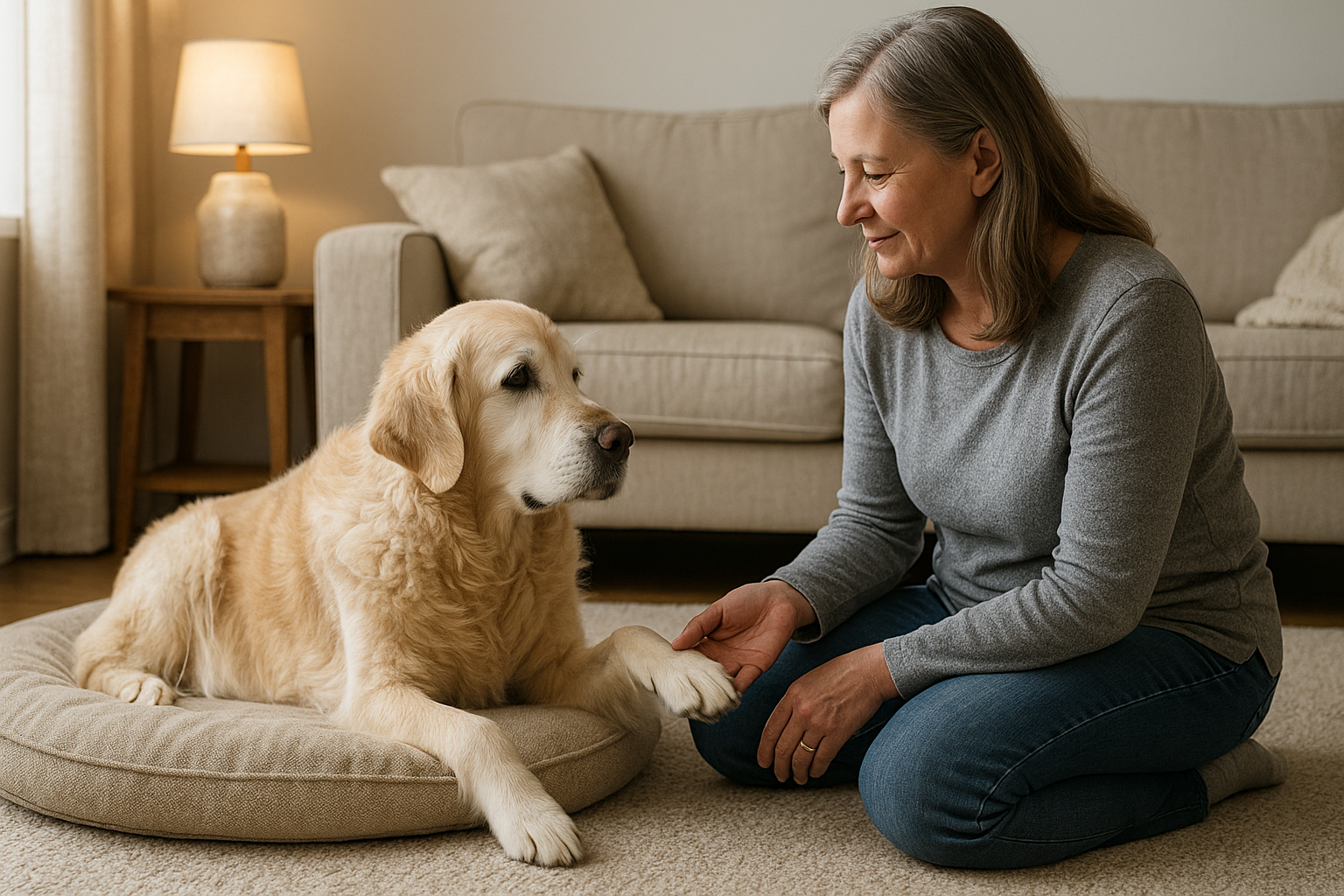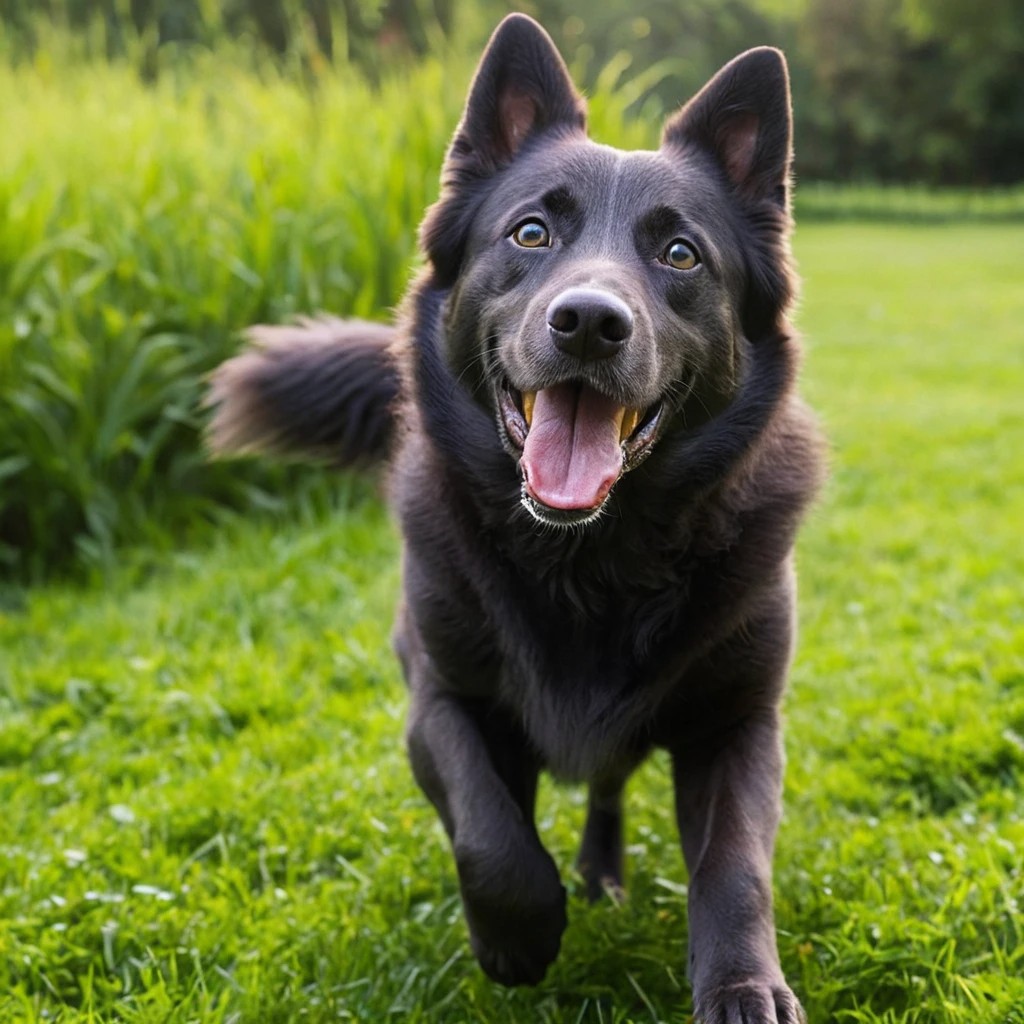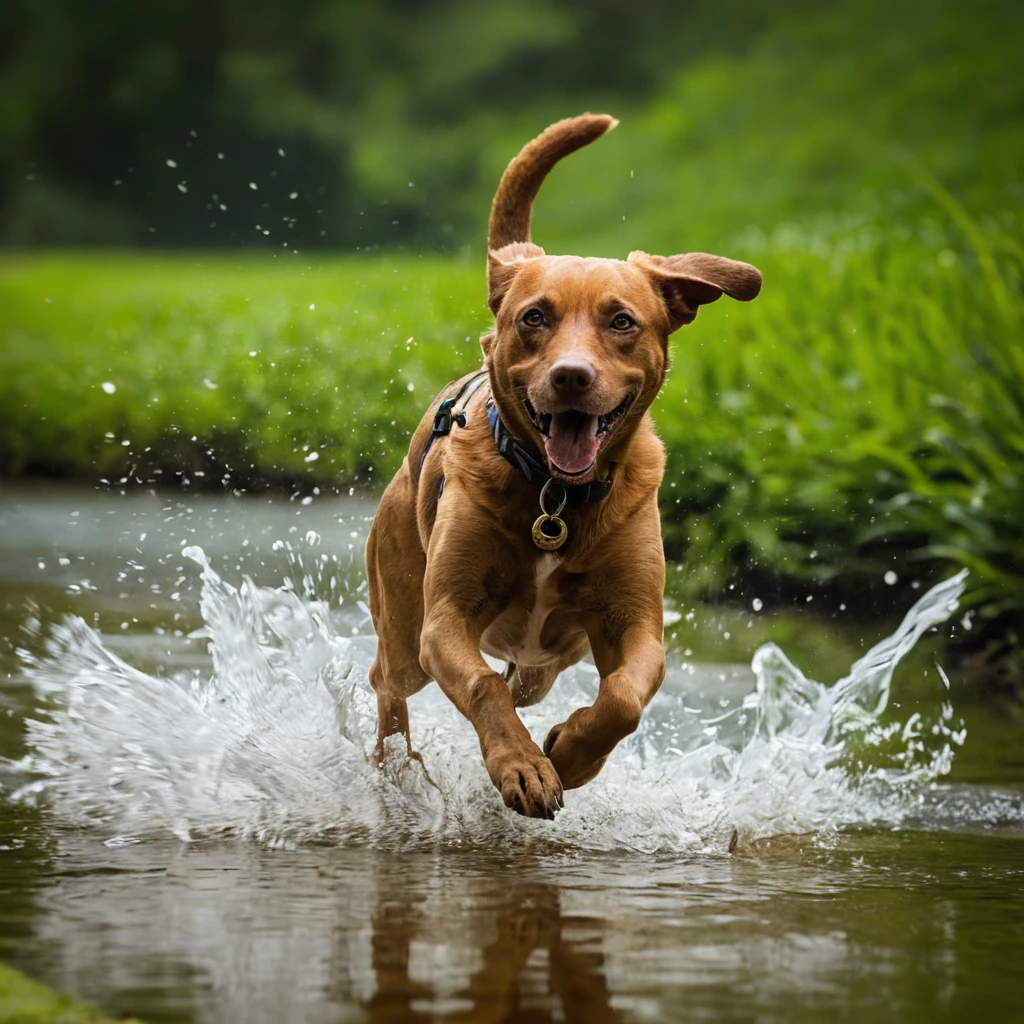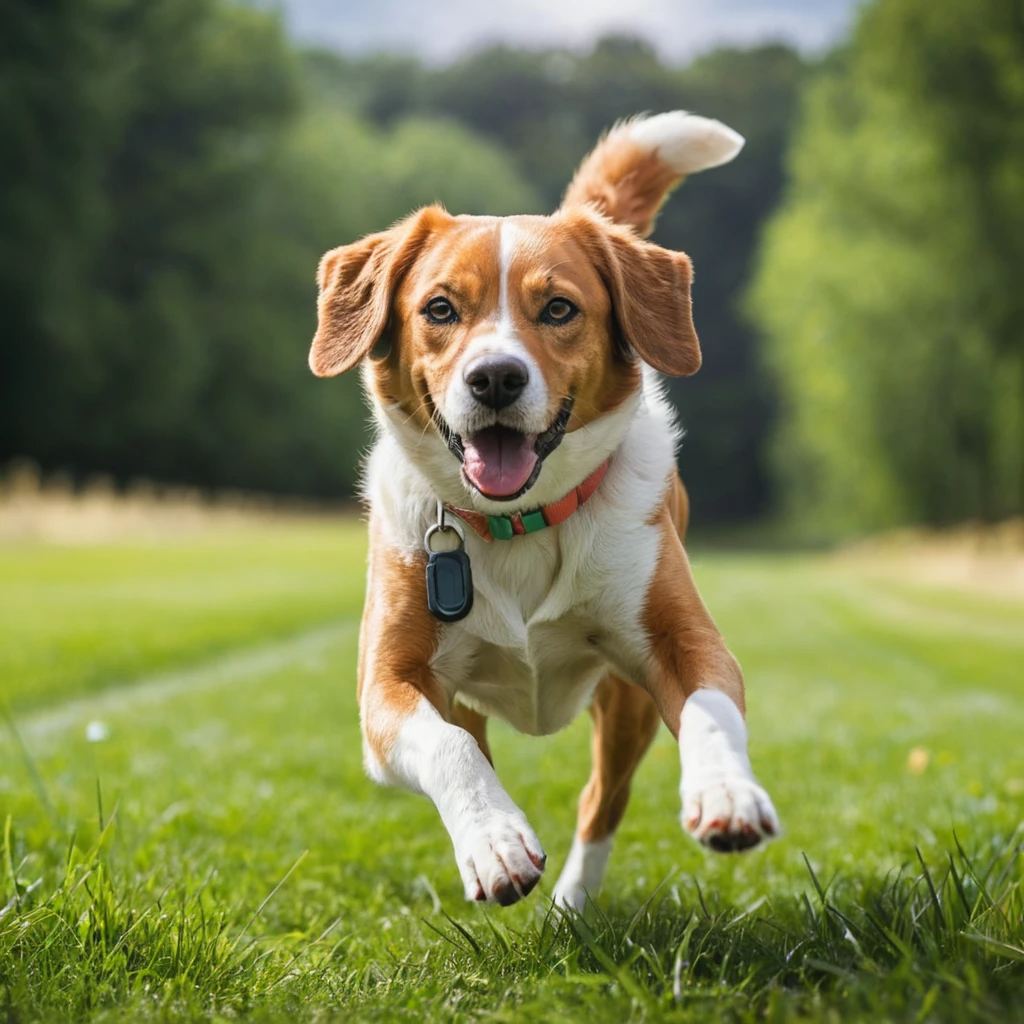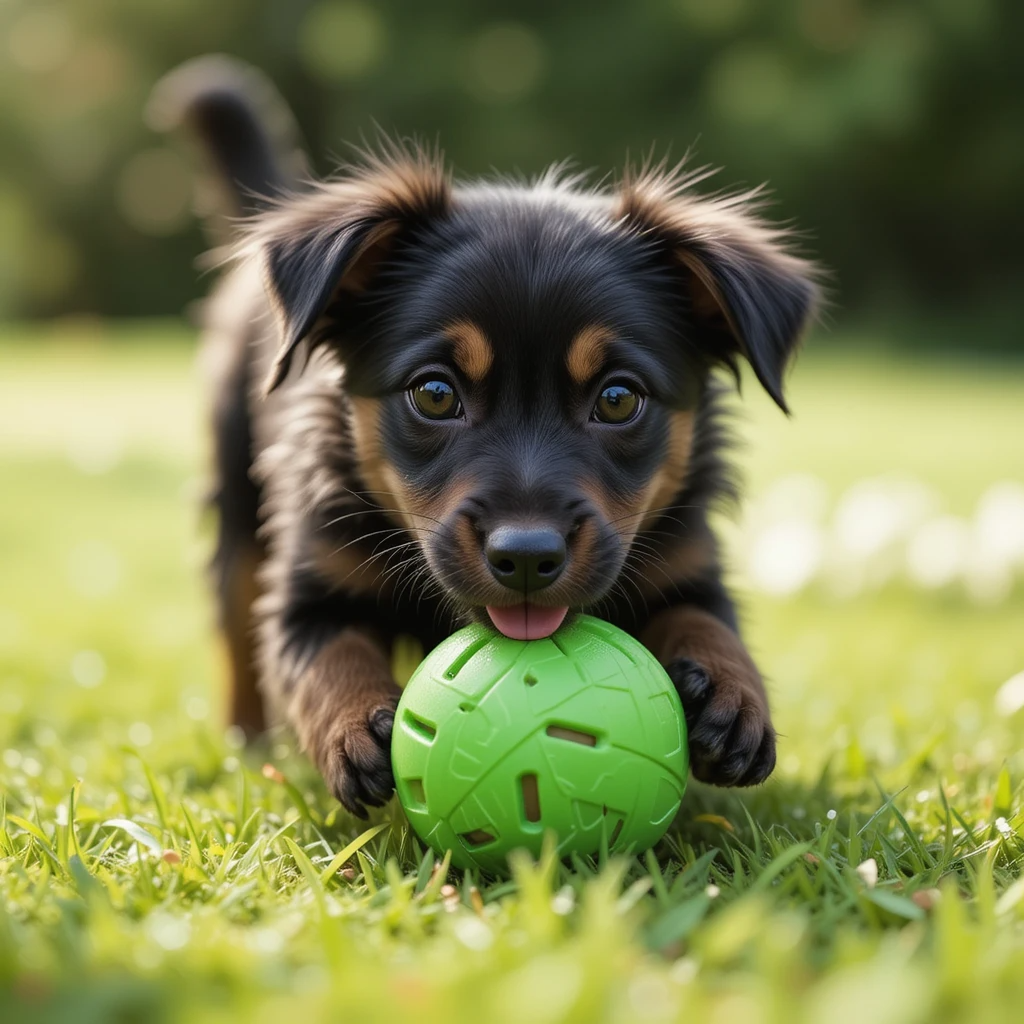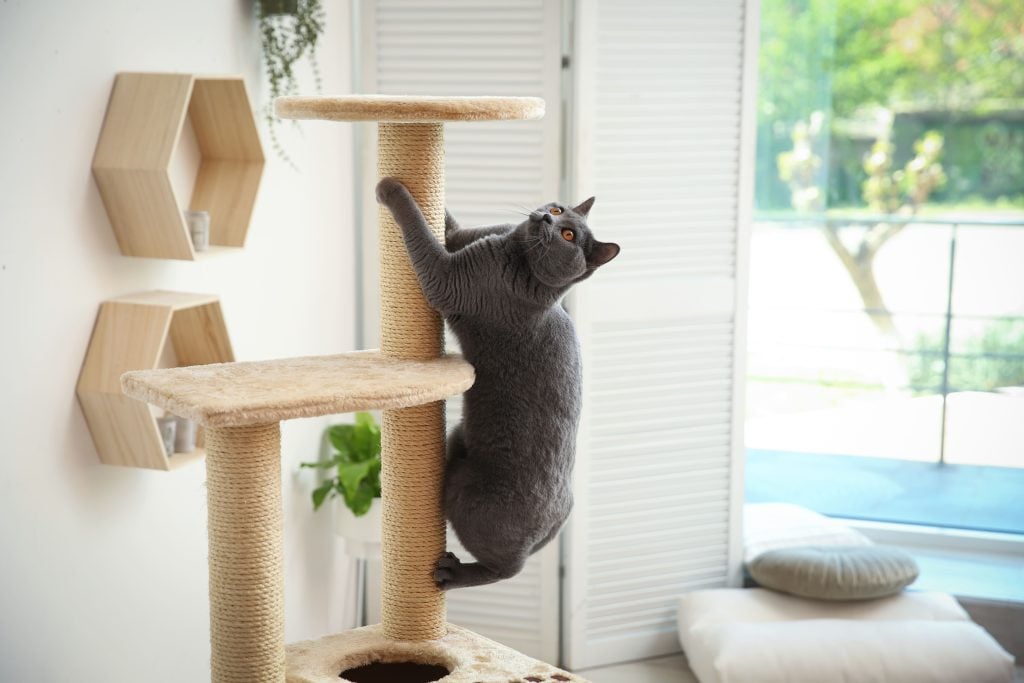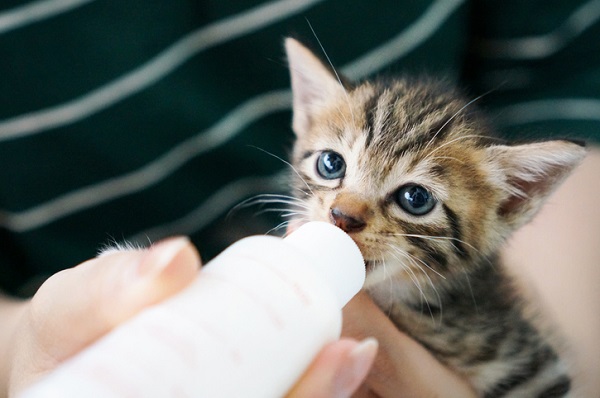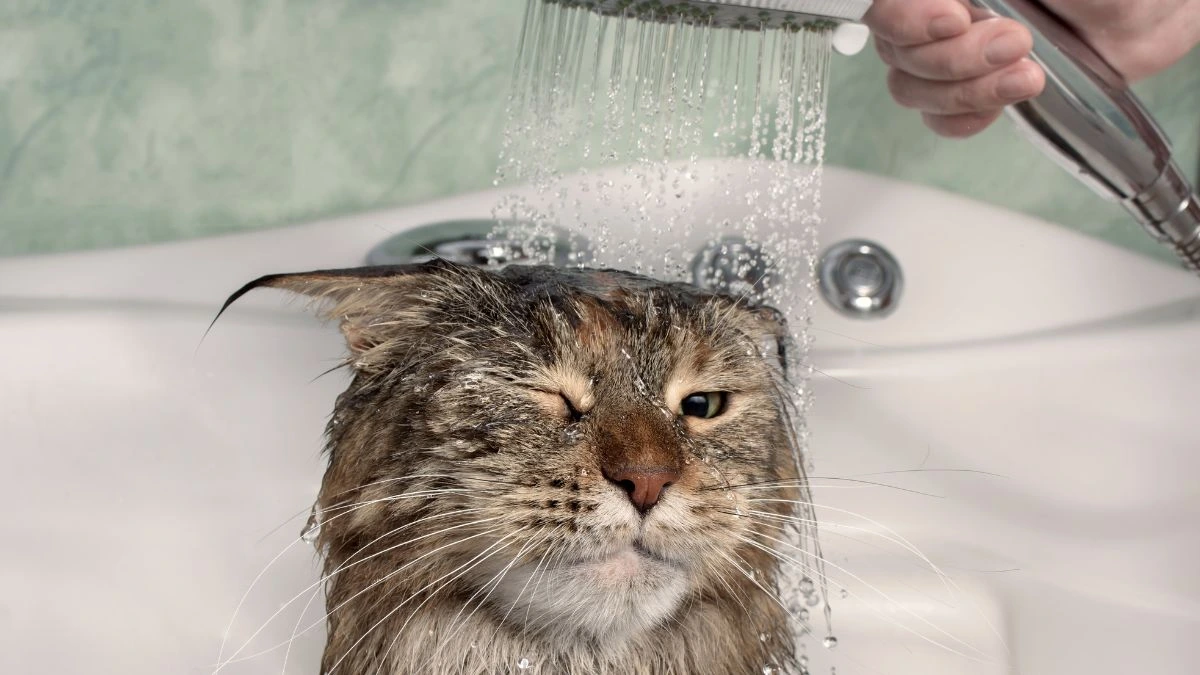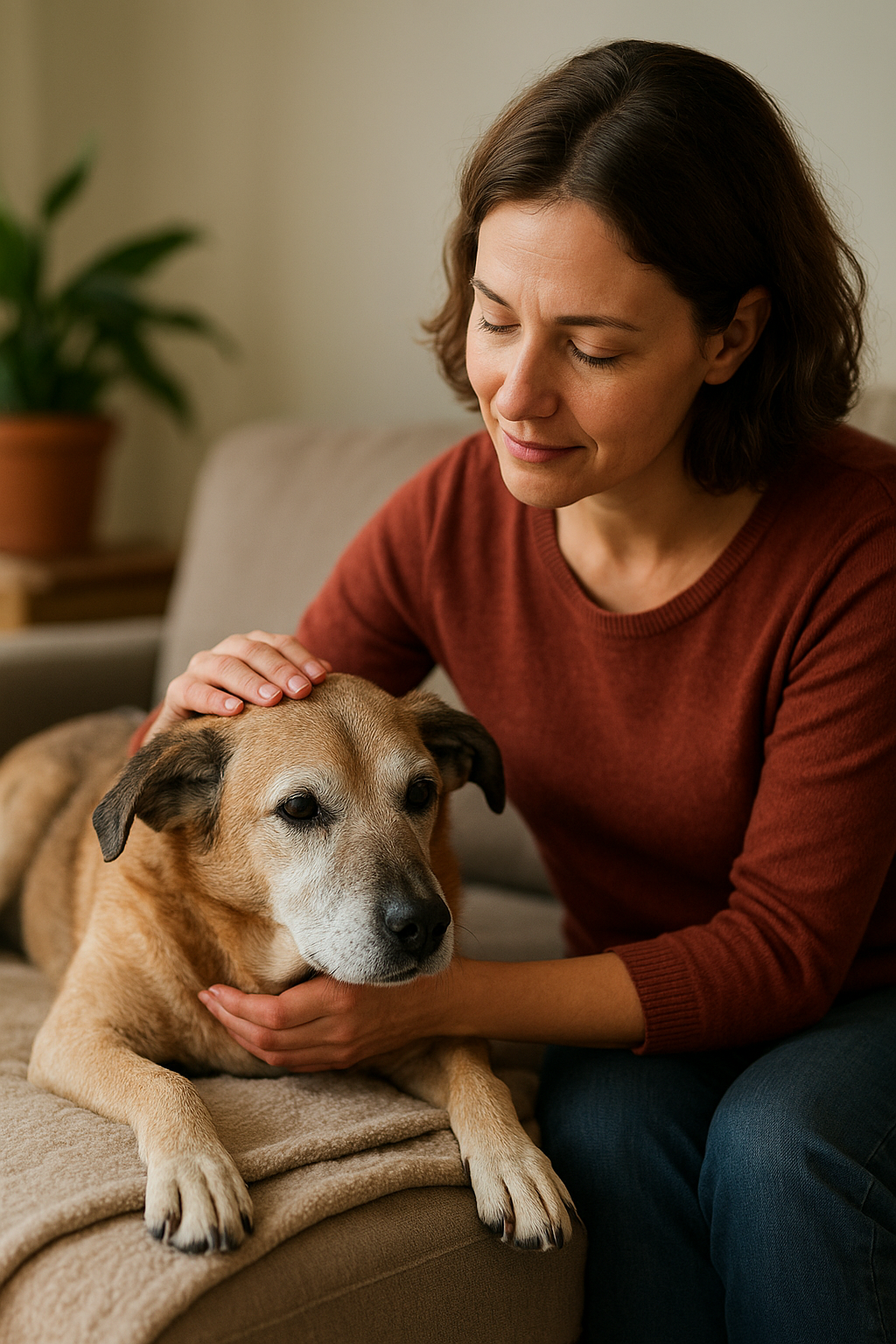À medida que os cães envelhecem, suas necessidades diárias mudam significativamente. O que funcionava para seu filhote cheio de energia pode não ser mais adequado para seu companheiro idoso. Adaptar a rotina diária é uma das formas mais impactantes de apoiar a saúde, conforto e felicidade do seu cão sênior.
Neste guia, exploraremos como estruturar uma rotina adequada para cães idosos, promovendo bem-estar físico, estabilidade emocional e saúde mental.
Por que Rotinas São Mais Importantes para Cães Idosos
Rotinas proporcionam estrutura, reduzem ansiedade e ajudam cães a entender o que esperar ao longo do dia. Isso se torna ainda mais crucial com o envelhecimento, quando eles podem enfrentar:
- Perda auditiva ou visual
- Declínio cognitivo
- Artrites ou dores articulares
- Necessidade de mais descanso
- Mudanças digestivas
- Metabolismo mais lento
Consistência na rotina traz segurança e previsibilidade, reduzindo confusão e inquietação – especialmente para cães com disfunção cognitiva.
Rotina Matinal: Um Começo Calmo e Confortável
1. Despertar Gradual
Cães idosos tendem a dormir mais profundamente. Evite acordá-los abruptamente. Chame-os pelo nome ou faça carícias suaves.
2. Banheiro Primeiro
Leve seu cão para fazer as necessidades logo ao acordar. Cães idosos têm menor controle da bexiga.
🐾 Dica: Deixe coleira e chinelos próximos à cama para saídas matinais.
3. Caminhada ou Alongamento Leve
Uma caminhada curta ajuda a:
- Soltar articulações rígidas
- Estimular a digestão
- Melhorar circulação
Deixe seu cão ditar o ritmo em superfícies planas.
4. Hora do Café da Manhã
Ofereça ração sênior de qualidade, que apoie:
- Saúde articular
- Digestão
- Função cognitiva
Use comedouros elevados se houver problemas de coluna. Administre medicamentos junto com a refeição.
Rotina do Meio-Dia: Descanso e Estimulação
5. Pausa para o Banheiro
Mesmo que estejam descansando, incentive uma pausa higiênica ao meio-dia para evitar infecções urinárias.
6. Atividades Mentais Leves
Opções para estimular o cérebro:
- Brinquedos quebra-cabeça
- Tapetes de farejamento
- “Esconde-esconde” com petiscos
7. Soneca e Repouso
Cães idosos dormem 16-18 horas/dia. Ofereça:
- Camas ortopédicas
- Aquecedores (com supervisão)
- Ambiente silencioso
Rotina Noturna: Encerrando o Dia com Cuidado
8. Caminhada Vespertina
Uma segunda caminhada curta e tranquila, evitando extremos de temperatura.
9. Jantar e Medicamentos
Mantenha horário consistente. Para cães com dificuldade:
- Divida a refeição em duas porções
- Misture remédios com comida úmida
10. Cuidados com a Saúde
Verifique à noite:
- Caroços ou inchaços novos
- Irritações na pele
- Secreções oculares
- Sinais de dor
Escove o pelo e verifique unhas/ouvidos semanalmente.
Rotina de Dormir: Preparando para uma Boa Noite
11. Última Saída
Leve para fazer necessidades em um ambiente calmo, sem agitação.
12. Preparando o Sono
Garanta que o local de dormir seja:
- Acessível (sem obstáculos)
- Com temperatura estável
- Próximo a você se ficam ansiosos
Música suave ou white noise podem ajudar.
Finais de Semana e Viagens
Mantenha horários de alimentação e passeios consistentes. Em viagens, leve:
- Cama familiar
- Comedouros conhecidos
- Brinquedos favoritos
Dicas para Transições Suaves
Mudanças na rotina podem estressar cães idosos. Facilite adaptações:
- Altere um item de cada vez
- Use comandos verbais familiares (“hora do passeio”)
- Ofereça mais carinho e segurança
- Observe sinais de estresse (ofegar, esconder-se)
Produtos calmantes como difusores de feromônios ou medicamentos (com orientação veterinária) podem ajudar.
Considerações Especiais para Condições de Saúde
| Condição | Adaptações Necessárias |
|---|---|
| Artrite | Exercícios em horários mais quentes, evitar escadas |
| Demência | Não mude móveis de lugar, use luz noturna |
| Incontinência | Colchões impermeáveis, mais pausas para banheiro |
| Cegueira/Surdez | Comunicação por toque/luzes, evite mudar ambiente |
Conclusão: Rotina é Amor em Ação
Cuidar de um cão idoso vai além de alimentação e passeios – é criar um ritmo que respeite seu corpo e mente envelhecidos. Uma rotina bem planejada oferece:
✅ Segurança
✅ Conforto
✅ Conexão emocional
Em troca, você ganhará momentos de profunda cumplicidade e gratidão. Cada dia bem vivido é uma celebração da vida que vocês compartilham.

